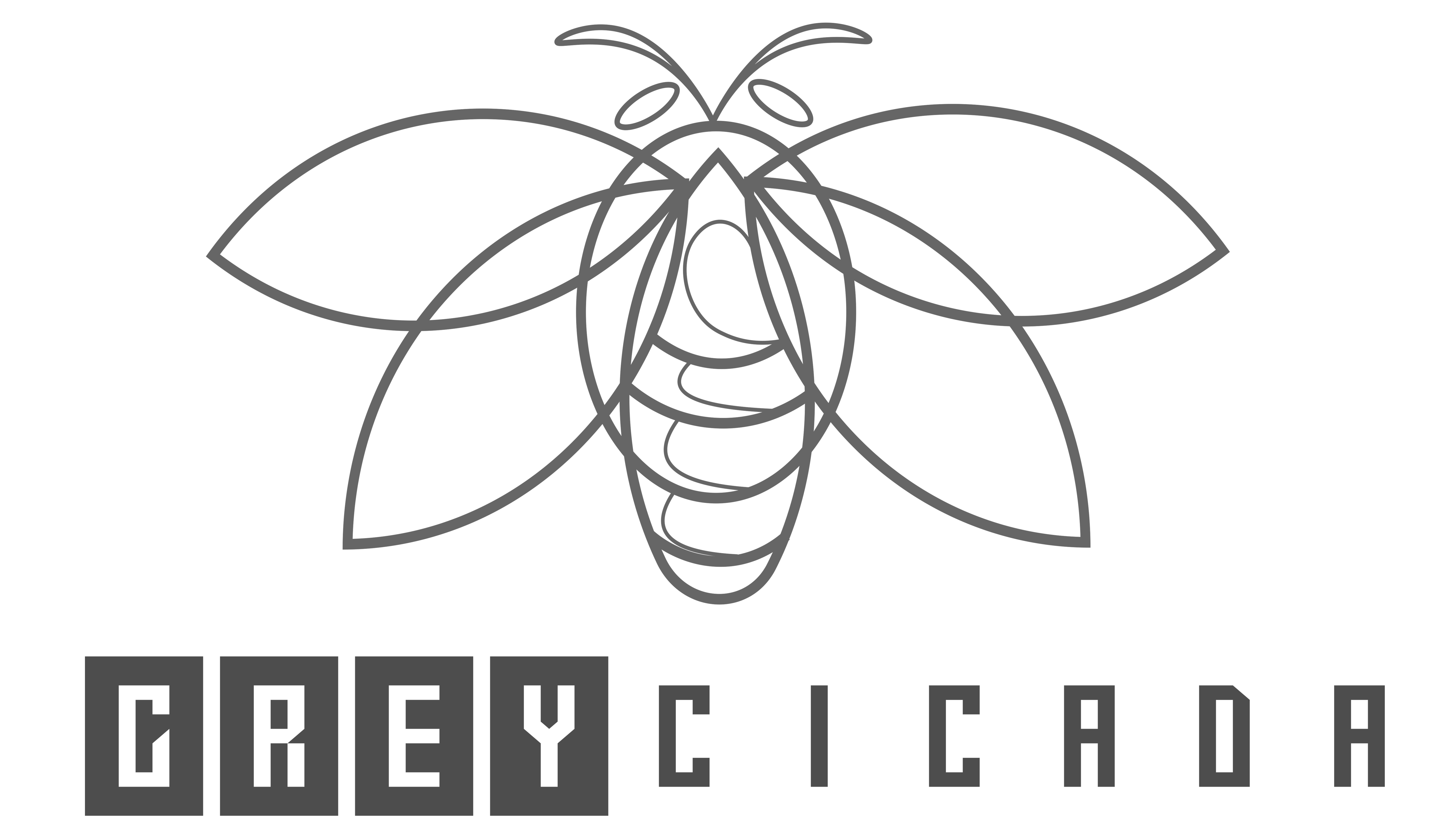FREE SHIPPING OVER $50
These 10 “Innocent” Everyday Foods Are Secretly Loaded With TOXIC Dyes (You’re Eating Them Daily!)
You pride yourself on making healthy choices, reading labels, and generally trying to do right by your body. You pick up what you think are innocent everyday foods from the grocery store – perhaps a bright orange cheese, a vibrant-colored candy for a treat, or even a flavorful drink. You might never guess that lurking beneath that appealing color is a hidden danger: synthetic dyes.
It’s a shocker, but the truth is that a surprising number of products lining supermarket shelves are secretly loaded with toxic dyes. These aren’t natural colors derived from fruits or vegetables; they are artificial chemical compounds created in a lab, primarily to make food look more appealing. And here’s the kicker: you’re eating them daily!

The Hidden World of Synthetic Food Dyes: Why Are They Even There?
Why would food manufacturers add artificial colors to our food? The answer is simple: aesthetics and consumer perception. We “eat with our eyes,” and vibrant, consistent colors make food look more appealing, fresher, and often, more flavorful, even if it’s not. Think about it:
- Yellow cheese that isn’t naturally that bright.
- “Strawberry” yogurt that would be a dull grey without a dye.
- Bright green pickles or shimmering blue candies.
These synthetic dyes are cheap to produce and provide a consistent hue, something natural colors often struggle to do. But this convenience comes at a potential cost to our nutrition and health.
The Controversial Side: Why “Toxic Dyes” Are a Concern
While the FDA regulates these dyes, there’s ongoing debate and research regarding their long-term effects. Many of these dyes are derived from petroleum and have been linked to a variety of concerns, leading to stricter regulations or outright bans in other countries.
Here’s why these toxic dyes are a growing concern in the nutrition world:
- Hyperactivity in Children: This is arguably the most well-documented concern. Numerous studies have linked artificial food dyes (particularly Yellow 5, Yellow 6, and Red 40) to increased hyperactivity, inattention, and restlessness in children, even those not diagnosed with ADHD.
- Allergic Reactions: Some individuals experience allergic or sensitivity reactions, including hives, asthma, and swelling.
- Potential Carcinogens (in some dyes): While direct links are debated and research is ongoing, some dyes contain contaminants that are known carcinogens. For example, Red 3 has been linked to thyroid tumors in rats.
- Behavioral Issues in Adults: While less studied than in children, anecdotal evidence and some preliminary research suggest that sensitivities to these dyes could contribute to mood disturbances or other neurological symptoms in adults.
- Nutrient Displacement: Foods heavily reliant on artificial colors are often highly processed, low in nutrients, and high in sugar, unhealthy fats, and refined carbs, pushing out healthier food choices.
These 10 Foods That Are Secretly Loaded With Toxic Dyes
Prepare to be surprised. You might be consuming these dyes more often than you think! Always check the ingredient list for “artificial colors,” “FD&C Red No. 40,” “FD&C Yellow No. 5,” “FD&C Blue No. 1,” etc.
1. Breakfast Cereals (Especially Kid-Friendly Ones)
- The Surprise: Those bright, colorful loops, squares, and shapes in your morning bowl? They often get their vibrant hues from an array of synthetic dyes like Red 40, Yellow 5, Yellow 6, and Blue 1. Even some “adult” cereals can contain them.
- Why They Use Them: To make them visually appealing, especially to children, influencing purchasing decisions.
- What to Look For: Check ingredient labels carefully. Opt for plain oats, shredded wheat, or cereals with natural colors from fruits or vegetables.
2. Candies & Sweets
- The Surprise: This one might not be a total shocker, but the sheer volume and intensity of dyes in candies, gummies, hard candies, and chocolates (especially those with colorful shells) is astounding. Red 40, Yellow 5, Blue 1, and Blue 2 are rampant here.
- Why They Use Them: To create appealing, fun, and often unique colors that stand out on shelves.
- What to Look For: Choose candies made with natural fruit and vegetable extracts, or simply opt for dark chocolate or natural fruit.
3. Flavored Yogurts (Especially Fruit-on-the-Bottom)
- The Surprise: You think you’re getting a healthy dose of fruit and probiotics, but many flavored yogurts (especially strawberry, cherry, and blueberry varieties) use Red 40, Blue 1, or Yellow 5 to enhance the fruit color that would otherwise be dull.
- Why They Use Them: To make the fruit content look more appealing and vibrant, masking the lack of real fruit.
- What to Look For: Buy plain, unsweetened yogurt and add your own fresh fruit, or look for brands that specify “no artificial colors” or “naturally colored.”
4. Pickles & Relishes
- The Surprise: This might be a bigger surprise! Some dill pickles, especially those bright green ones, and many sweet relishes use Yellow 5 and Blue 1 to enhance their green color, which can fade during processing.
- Why They Use Them: To maintain a consistent, appealing green hue that consumers expect.
- What to Look For: Check the ingredient list. Many natural and organic pickle brands avoid these dyes.
5. Sports Drinks & Flavored Waters
- The Surprise: Those vibrant blue, red, or green sports drinks designed for “hydration” are often swimming with artificial colors like Blue 1, Red 40, and Yellow 5, alongside high amounts of sugar or artificial sweeteners. Many “enhanced” or flavored waters also fall into this category.
- Why They Use Them: To make the drinks visually stimulating and align with specific “flavors” (e.g., blue for “berry blast”).
- What to Look For: Stick to plain water, unsweetened coconut water, or naturally flavored water with real fruit slices.
6. Salad Dressings
- The Surprise: Creamy orange-hued dressings like French dressing or certain vinaigrettes often use Yellow 5 or Yellow 6 to achieve a consistent color, even when real ingredients might provide a different shade.
- Why They Use Them: To enhance visual appeal and perceived richness.
- What to Look For: Make your own simple vinaigrettes with olive oil, vinegar, and herbs, or choose brands that are free from artificial colors.
7. Snack Crackers & Cheese Puffs/Snacks
- The Surprise: Many cheese-flavored crackers, orange cheese puffs, and other savory snacks achieve their distinctive color using Yellow 5, Yellow 6, and sometimes Red 40.
- Why They Use Them: To mimic the color of cheese or other savory ingredients and enhance visual appeal.
- What to Look For: Read the labels carefully. Many natural snack brands are now available that use turmeric, paprika, or other natural colorants.
8. Baked Goods (Especially Packaged & Mass-Produced)
- The Surprise: From bright red velvet cake mixes to brightly colored icings, sprinkles, cookies, and even some breads (yes, white bread can have dyes!), synthetic dyes are incredibly common in packaged baked goods. Red 40, Yellow 5, and Blue 1 are pervasive.
- Why They Use Them: For visual appeal, to create “fun” colors for children’s treats, and to maintain color consistency.
- What to Look For: Bake at home using natural ingredients, or opt for simpler, less colorful baked goods from reputable bakeries.
9. Instant Oatmeal & Instant Soups
- The Surprise: Even seemingly wholesome foods like instant oatmeal (especially fruit-flavored packets) or instant soup mixes can contain artificial colors. For instance, “strawberry” oatmeal might use Red 40 to make the fruit bits look more vibrant.
- Why They Use Them: To enhance the visual appeal of dehydrated or processed ingredients.
- What to Look For: Choose plain instant oatmeal and add your own fresh fruit, or opt for whole, unprocessed ingredients for soups.
10. Processed Meats (Hot Dogs, Sausages, Deli Meats)
- The Surprise: This one might be a bit disturbing. Some hot dogs, sausages, and even certain deli meats use dyes like Red 40 or caramel color (which can contain a carcinogenic byproduct) to achieve a “fresh” or consistent reddish-brown hue that consumers associate with meat.
- Why They Use Them: To improve visual appeal and consistency, making the product look more appetizing even after processing.
- What to Look For: Read the labels. Opt for natural, uncured meats from reputable butchers or brands that explicitly state “no artificial colors” or “no synthetic nitrates/nitrites.”
Beyond the Dyes: How to Protect Your Nutrition and Health
The good news is that avoiding these toxic dyes is entirely within your control. It requires a bit of vigilance, but the payoff for your nutrition and health is immense.
- Become a Label Detective: Always read the ingredient list. Look for “artificial colors,” “synthetic colors,” or specific FD&C numbers (e.g., Red 40, Yellow 5, Blue 1).
- Choose Whole, Unprocessed Foods: The more you eat fresh fruits, vegetables, lean proteins, and whole grains, the less exposure you’ll have to these additives.
- Opt for “Naturally Colored” or “No Artificial Colors” Labels: Many brands are now proudly advertising that they avoid these dyes, often using natural colorants like beet juice, turmeric, or spirulina.
- Cook at Home More Often: When you prepare your own meals, you have complete control over every ingredient.
- Educate Yourself: Stay informed about nutrition and food additives. Knowledge is power.
Break Free from the “Secretly Loaded” Foods!
It’s a shocker to realize just how many innocent everyday foods are secretly loaded with toxic dyes, and that you’re eating them daily! But now you know. This awareness is the most powerful tool you have to take control of your nutrition and safeguard your health.
By making conscious choices, reading labels, and prioritizing whole foods, you can significantly reduce your exposure to these controversial additives. It’s time to choose vibrant health over vibrant, but potentially harmful, colors. Empower yourself and your family by ditching these dyes for good!
Related Articles
- Aging FAST? The 10 “Healthy” Breakfasts SECRETLY Causing Inflammation (Especially After 40!)
- STOP Eating These! 10 Foods Destroying Your Skin (And 10 Superfoods for a Flawless Complexion)
- The Silent Inflammation Killer You’re Not Eating After 9PM (Doctors Won’t Tell You)
- Vegetarian Muscle Secret: How to Hit 80g Protein Daily (No Powder, No Meat!)
- Bloat Belly Begone! 4 “Healthy” Foods Secretly Wrecking Your Gut & Sabotaging Weight Loss (Experts Reveal!)



